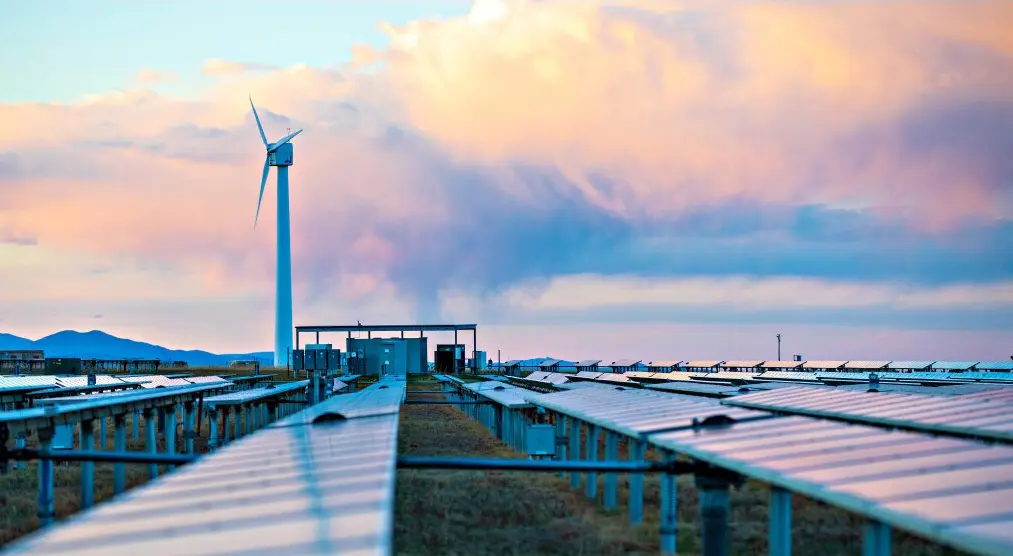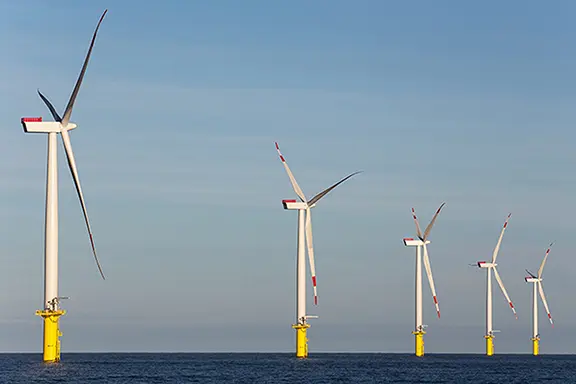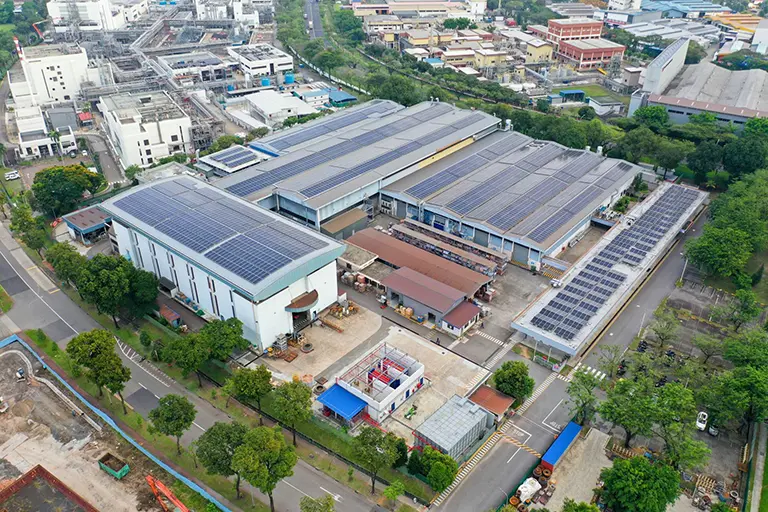
Renewables On The Rise
Record Solar Capacity Added To Us Power Sector In 2024, More Renewables Growth Expected In 2025 And Beyond

In its latest Short-Term Energy Outlook (STEO), the US Energy Information Administration (EIA) forecasts that US renewable capacity addition will continue to drive the growth of US power generation over the next two years. The EIA expects US utilities and independent power producers to add 26 GW of solar capacity to the US electric power sector in 2025 and 22 GW in 2026. Last year, the electric power sector added a record 37 GW of solar power capacity, almost double 2023 solar capacity additions. The EIA forecasts wind capacity additions will increase by around 8 GW in 2025 and 9 GW in 2026, slight increases from the 7 GW added in 2024.
In contrast to solar and wind, generating capacity for most other energy sources will remain mostly unchanged in 2025 and 2026. Natural gas-fired capacity growth slowed in 2024, with only 1 GW of capacity added to the power mix, but natural gas remains the largest source of US power generation.
The EIA expects that US coal retirements will accelerate, removing 6% (11 GW) of coal generating capacity from the US electricity sector in 2025 and removing another 2% (4 GW) in 2026. Last year, coal retirements represented about 3 GW of electric power capacity removed from the power system, which is the lowest annual amount of coal capacity retired since 2011.
According to the EIA, planned renewable capacity additions will support most of the growth in US electric power generation, which is expected to increase by 2% in 2025 and by 1% in 2026. The US electric power sector produced a total of 4,155 billion kilowatthours (kWh) of electricity in 2024, up 3% from 2023.


Note: Other renewables include geothermal, waste biomass, wood biomass, and pumped storage hydropower.
Natural Gas
In 2024, US natural gas-fired power plants generated a total of 1767 billion kWh, 4% more than in 2023. Natural gas-fired power accounted for around 42% of the US electricity mix, mostly unchanged compared with 2023. The EIA expects natural gas generation will decline in 2025 by 3% to 1712 billion kWh and decrease a further 1% to 1692 billion kWh in 2026.
Renewables
The EIA forecasts renewable power generation to increase 12% in the United States to 1058 billion kWh in 2025 and increase a further 8% to 1138 billion kWh in 2026. Renewable sources were the second-largest contributor to US power generation in 2024 and accounted for 945 billion kWh, up 9% from 2023.
Nuclear
US nuclear power generation is expected to grow 2% to 796 billion kWh in 2025 and increase a further 1% to 800 billion kWh in 2026. Nuclear power generation in 2024 was up slightly from 2023, totaling 781 billion kWh. Increased nuclear generation in STEO is partly due to the addition of the two Vogtle power plant units that began commercial operations in July 2023 and April 2024, as well as the expected restart of the Palisades power plant in October 2025.
Coal
US coal power generation is expected to remain unchanged at around 640 billion kWh in 2025 and 2026. Coal electricity generation was 647 billion kWh in 2024.









